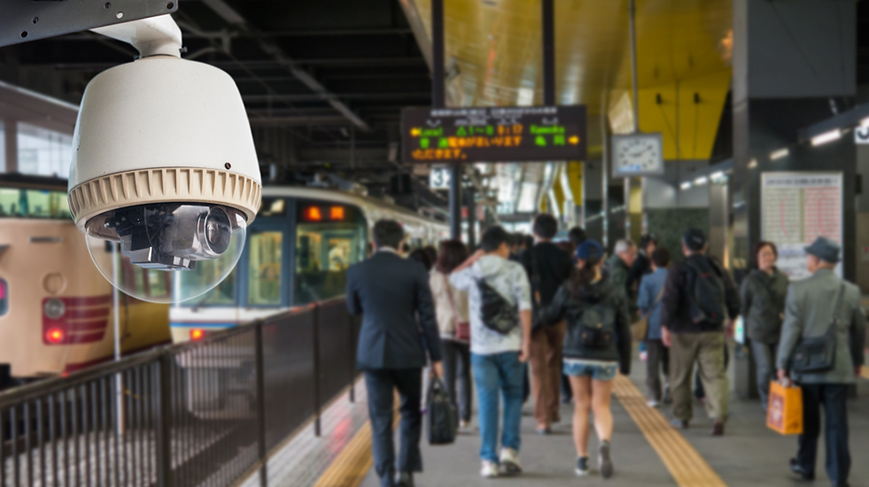
BLOG




Embedded vision will play an important role in enhancing the efficiency and security of public transportation. Lets discuss what this technology is all about and how it can open exciting avenues in coming years.
Machine vision has been around for decades and has already proven its capabilities in factories, traffic systems, imaging, logistics, and defense areas. Machine vision systems have traditionally relied on a PC where images from a frame grabber dispatch image data to the computer, which then examines the images and pass on information to another part of the system.
However, traditional machine vision systems are dependent on PC which makes them physically heavy and expensive. As electronics is moving towards miniaturization, cameras and other electronic devices are getting smaller, this trend has opened exciting avenues for the application of embedded vision systems.
Embedded vision systems are usually as simple as single or multiple cameras boxed with or without enclosure connected to an embedded board. This makes it easy to implement and integrate into any new or existing system. With less paraphernalia, it’s quicker to install and cost less in maintenance.
The images sent from the camera are processed on the system’s board. Advancement in Machine learning algorithms has equipped the embedded vision systems to classify items based on experience.
Applications:
Embedded vision systems are used for a wide variety of applications in smart factories, Industrial robots, chemicals, pharmaceuticals, packaging, and manufacturing units. Now, they are making their way into self-driving vehicles, advanced driver assistance systems, retail, medical imaging, and so forth. Though there is one area where the use of embedded vision can be extremely beneficial for not only the common public but also for regulators and smart city planners, and that is Public transportation or Mass Transit.
Mass Transit:
Public transportation is one of the largest contributors to the economic and social health of cities. Its contribution to traffic congestion reduction and enhancing mobility is huge. Though commuting through public transport can be annoying as well considering peak-hour rush, long lines, and unexpected delays. Moreover, the public transportation system is vulnerable to terrorist attacks as it is used by a large number of people.
Embedded Vision systems can play a significant role in increasing the efficiency and security of Mass transportation. A passenger counting system is an ideal example of increasing the efficiency of operations, where cameras and intelligent people counters are used to log the number of people getting on and off at each station. A video counting system is often 98% accurate and can differentiate between children, adults, and objects. With the help of the embedded vision and artificial intelligence, mass transit regulators would be able to implement a high-speed and accurate passenger counting system.
Moreover, embedded vision systems can provide the right data in terms of convenience of commute, few examples can be that whether commuters are moving in the right direction to board their train or they are getting confused at the train station or providing personalized information to commuters about delays.
During the times of pandemics such as COVID-19, embedded vision systems can be useful in finding out if there are any large gatherings at one place and if people are keeping required distancing.
Conclusion:
Embedded vision systems will become ubiquitous in the coming years and touch our lives in various ways. Not only these systems can provide us better security but enhance our traveling experience. Please feel free to contact us to find out how Trunexa is in the right position of helping technology providers with developing embedded vision systems for public transportation.